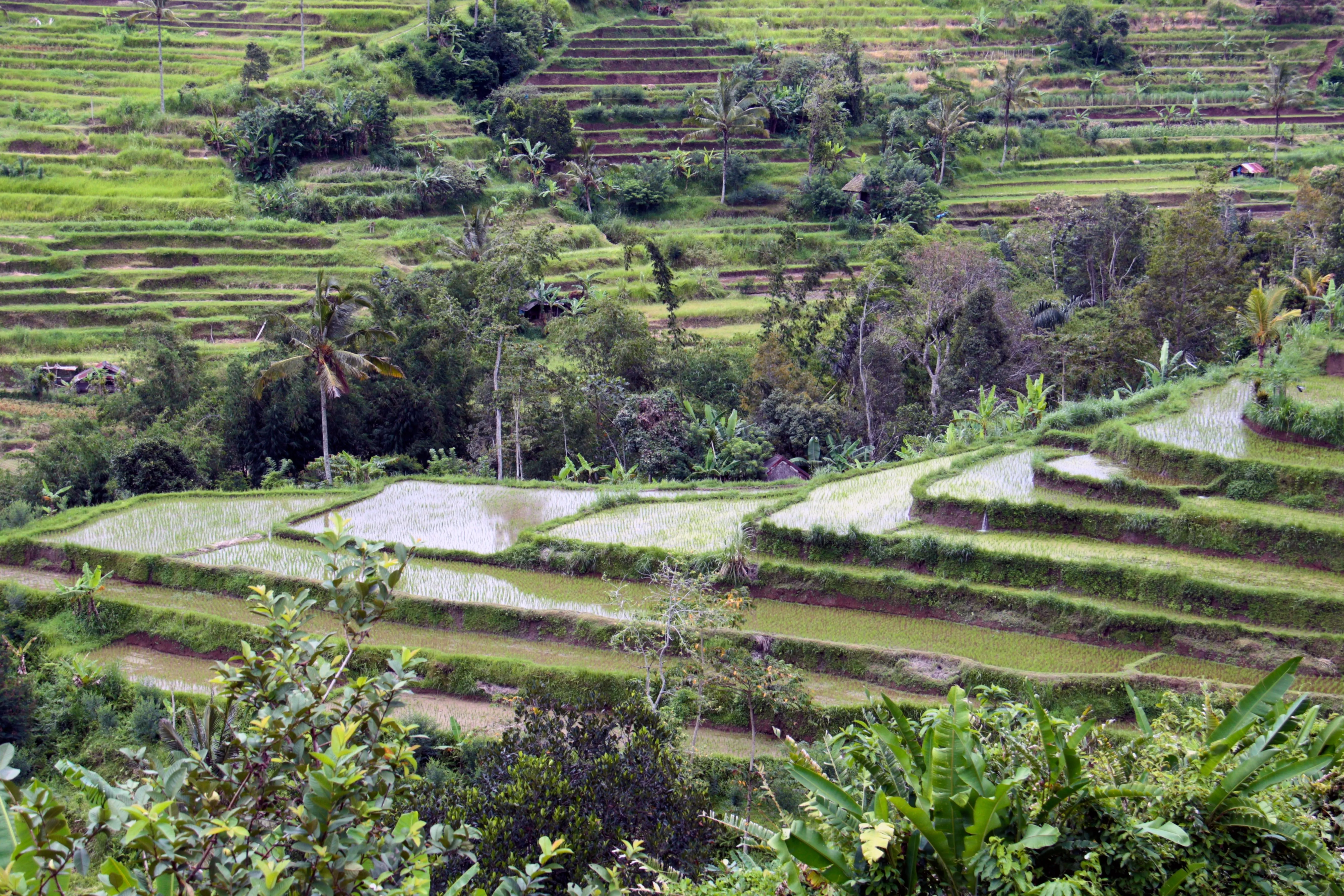Overcoming Challenges in Implementing Crop Rotation
Discover effective strategies for implementing crop rotation, a key practice in sustainable farmland management. Learn how to enhance soil health, boost productivity, and address common challenges in this essential guide.

Introduction
In the realm of sustainable farmland management, crop rotation stands as a cornerstone practice, pivotal for maintaining soil health and agricultural productivity. At Vriksha Farms, we recognize the transformative impact of well-planned crop rotation strategies in enhancing the sustainability and yield of farmland. This blog post delves into the practical aspects of implementing crop rotation, addressing common challenges, and offering insights into overcoming them.
Understanding Crop Rotation
Crop rotation involves alternating the types of crops grown on the same land across different seasons or years. This practice is essential for breaking pest and disease cycles, improving soil structure, and enhancing nutrient balance. However, farmers often face challenges in implementing crop rotation effectively due to factors like limited knowledge, resource constraints, and environmental conditions.
Key Challenges and Solutions
1. Lack of Knowledge and Planning: Understanding the specific needs of different crops and how they affect the soil is crucial. Solution: Invest in education and training on crop rotation principles. Vriksha Farms offers resources and workshops to help farmers gain the necessary knowledge.
2. Resource Limitations: Limited access to seeds, equipment, or labor can hinder crop rotation. Solution: Explore community-shared resources, government subsidies, or partnerships with organizations like Vriksha Farms to access necessary resources.
3. Environmental Constraints: Soil type, climate, and water availability can restrict crop choices. Solution: Conduct soil tests and climate assessments to choose crops suited to local conditions. Diversify crops within rotation plans to adapt to environmental changes.
4. Economic Considerations: Farmers may be hesitant to change crops due to market demands and financial risks. Solution: Analyze market trends and gradually introduce new crops to minimize risk. Utilize Vriksha Farms' expertise in market analysis and sustainable agriculture to make informed decisions.
5. Pest and Disease Management: Switching crops can initially lead to increased pest and disease pressure. Solution: Integrate pest management strategies, like beneficial insects or organic pesticides, into the crop rotation plan.
Implementing Effective Crop Rotation
1.Start with a Soil Assessment: Understand the soil’s nutrient profile and structure to select appropriate crops.
2.Plan Rotation Cycles: Design a rotation cycle that balances nutrient-rich crops with those that replenish the soil.
3.Diversify Crop Selection: Include a variety of crops to enhance biodiversity and soil health.
4.Monitor and Adjust: Regularly assess the impact of rotation on soil and crop health, making adjustments as needed.
5.Seek Expert Guidance: Utilize the expertise of agronomists and sustainable farming experts at Vriksha Farms for planning and implementation.
Conclusion
Implementing crop rotation is a journey that requires knowledge, planning, and adaptability. By addressing the common challenges and embracing effective strategies, farmers can enhance their soil’s health and the sustainability of their farmland. Vriksha Farms remains committed to supporting farmers in this endeavor, offering resources and guidance for successful crop rotation practices.
Call to Action: Explore the world of sustainable farming and discover how Vriksha Farms can assist in implementing effective crop rotation strategies. Contact us to learn more about our resources and services in sustainable farmland management.
